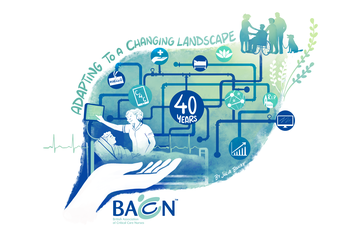Ask the Expert Archive
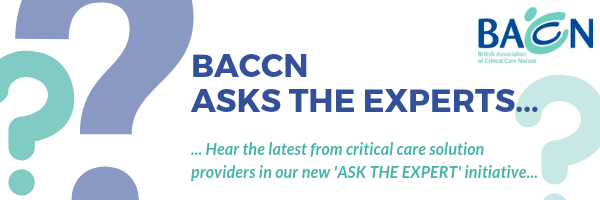
Contents |
Advanced Skin Protectant - 3m
TOPIC: Advanced Skin Protectant
We asked 3M:
Q: "How can 3M™ Cavilon™ Advanced Skin Protectant improve patient outcomes in the Critical Care Setting?"
A: 3M™ Cavilon™ Advanced Skin Protectant forms a film barrier intended to cover and protect intact or damaged skin. It is effective in conditions where wet and or dry skin is continuously exposed to moisture and caustic irritants such as faeces, digestive fluids, wound drainage and urine. The protective film barrier reduces pain associated with incontinence associated dermatitis (IAD) and prevents, stops and / or reverses the effects of IAD (Brennan et al, 2017). Cavilon Advanced Skin Protectant can also be used in areas exposed to friction and shear allowing / enabling the skin to heal.
The complexity of maintaining life support yet preventing complications and maintaining skin integrity in the critically ill patient is without doubt a significant challenge.
Providing appropriate skin care not only impacts on skin integrity but also plays an important role in the prevention of pressure ulcers and infection. Reducing pressure ulcers is a major priority for clinicians in this care setting.
Diligent skin care acquires great magnitude for critically ill patients in contexts of poor nutrition, immunosuppression, poor resistance, immobility, impaired capillary permeability and potential generalised cellular hypoxia. Of course, recently, this has been especially apparent due to COVID-19. This devastating disease has placed many patients in respiratory distress and inflammatory shock, resulting in severe pathology and long-term admission in critical care.
One of the consequences was a surge in patient numbers in critical care units, where maintaining life support is fundamental, combined with the added challenge of pulling in new or unfamiliar ICU staff to support and deliver care. This situation has spotlighted the need to consider how we deliver skin care to this most vulnerable patient group.
Critical care setting data suggest that faecal incontinence may be an underestimated problem (with surveyed prevalence between 9 – 37% of patients), also associated with a high use of nursing time (Bayōn Garcia et al, 2011). A recent best practice document titled the Prevention and Management of Moisture Associated Skin Damage (Fletcher, J. Beeckman, D. Boyles et al, 2020), stated that it is vital to recognise patients at increased risk of IAD (e.g. liquid stool or diarrhoea) and implement appropriate prevention strategies. It also highlighted the need for patients with incontinence associated dermatitis (IAD) to use a skin protectant that can alleviate pain or improve comfort; and for patients at risk of IAD to use a skin protectant.
Cavilon Advanced Skin Protectant is a breakthrough technology for skin protection and features 3M’s revolutionary polymer: cyanoacrylate technology. It is designed to help manage moderate to severe skin damage and protect at-risk skin. The ultra-thin yet highly durable barrier is able to attach to wet, weepy surfaces and create a protective environment that repels irritants and supports healing.
Cavilon Advanced Skin Protectant has other benefits: it can provide an effective barrier that has been shown to reduce the pain of managing IAD, (Brennan et al, 2017). What’s more, application is only required twice a week (Brennan et al, 2017), regardless of prevention or treatment, even in the presence of a continuous irritant. The single-use applicator reduces the potential for cross-contamination.
For IAD prevention and treatment, it is provided as a 2.7ml applicator. Recently launched is a smaller applicator 0.7ml, ideal for reduced areas such as peristomal, periwound and peritube skin.
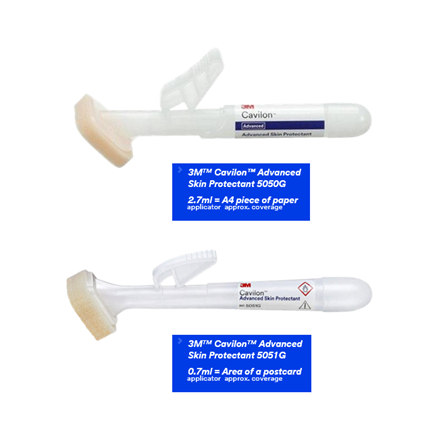
A recent webinar titled “Skin Damage in the ICU in COVID-19 Times” focused on the experiences of two frontline workers and how they managed skin care within the complexity of maintaining advanced life support. This webinar can now be accessed on demand. Simply complete the form and the webinar will play on demand
Skin Care in ICU During COVID-19 Times
For more information on 3M™ Cavilon™ Advanced Skin Protectant, go to www.3M.co.uk/endIAD
References:
Bayōn Garcia C, Binks, R, De Luca E et al (2015). Prevalence, clinical management and risks associated with acute faecal incontinence in the critical care setting: the FIRST questionnaire survey. Critical Care 15: P480
Brennan, Mary R.; Milne, Catherine T.; Agrell-Kann, Marie; Ekholm, Bruce P. Clinical Evaluation of a Skin Protectant for the Management of Incontinence Associated Dermatitis: An Open-Label, Nonrandomized, Prospective Study. J of Wound, Ostomy & Continence Nursing. 2017. 44(2):172-180.
Fletcher, J. Beeckman, D. Boyles et al, (2020) International Best Practice Recommendations: Prevention and Management of Moisture Associated Skin Damage (MASD). Wounds International. Available online at www.woundsinternational.com
Meet the Expert
Victoria Murray - Scientific Affairs. 3M Medical Solutions Division. North Europe Region
Victoria works across the North Europe Region as Scientific Affairs and Education Specialist, focusing on skin integrity and wound management. She has been a member of the 3M team in Australia, New Zealand, the UK and North Europe for over 16 years. Throughout that time she has been closely involved in many aspects of the business – ranging from new product introductions to research, business and marketing strategies, combined with a consistently strong and dedicated focus on training and education within 3M and also for clinicians. Victoria’s background is in Tissue Viability Nursing and as a District Nursing Sister and she has also worked in the acute and critical care setting.
She is passionate about using evidence-based and best practice principles to educate and ultimately improve the lives of people living with acute and chronic skin and wound care conditions. She firmly believes that the prevention of skin breakdown is key and that it should remain our number one priority.
Body Repositioning - Linet
Topic: Body Repositioning
We asked LINET:
Q: How does EIT relate to Multicare Lateral Therapy
A: It shows you changes in L/R lung ventilation in the patient when the Multicare is tilted to 30 degrees
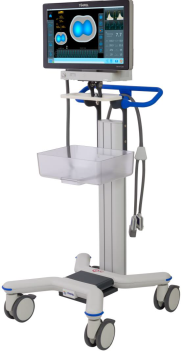
Q: How does the Virtuoso Pro change the approach to patient proning?
A: It allows for the removal of most pillows given it absorbs the patient into the mattress to reduce heat, improve pressure injury prevention and enhance patient comfort
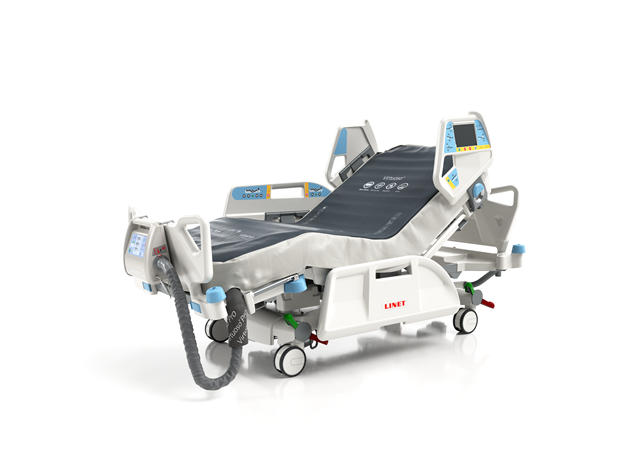
Q: How can lateral tilt help when turning or proning a patient?
A: There is a large reduction in forces required to turn/roll the patient when lateral tilt is deployed to substantially reduce manual handling.
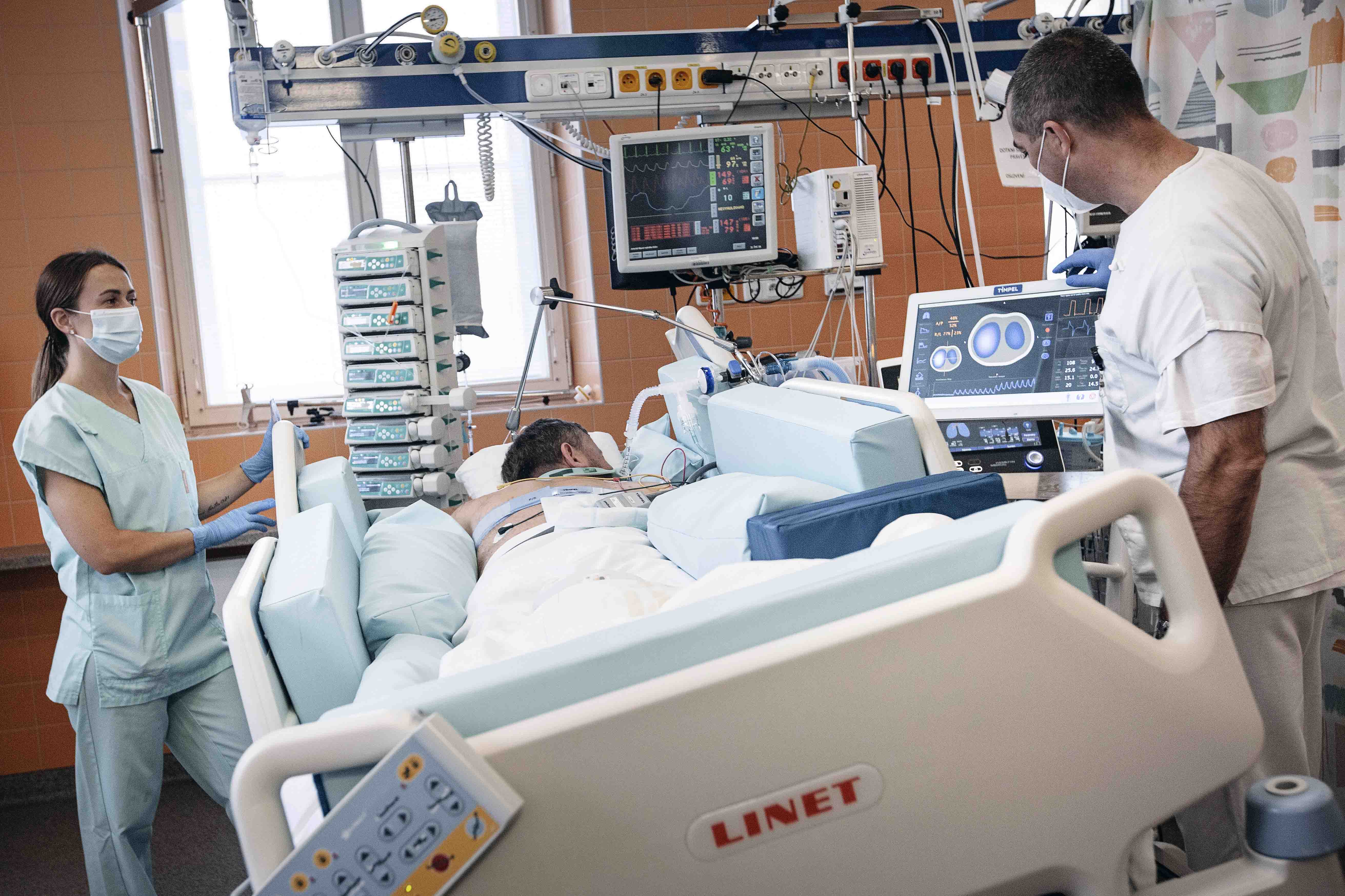
Effect of Lateral Tilt on Patients Turning - Linet
Topic: Effect of Lateral Tilt on Patients Turning
We asked LINET:
Q: Does lateral tilt really reduce the force needed to turn patients from a supine position onto their side? If so, what is the reduction in force needed?
A: The report by Lebeda T et al. from the NRU for Occupational Physiology and Psychophysiology delves into the crucial field of occupational health. Identified as Report No: 3636/2021, ex. 210347, this comprehensive study sheds light on the intricate connection between physiological and psychophysiological aspects in the workplace.
Drawing on extensive research and analysis, the report highlights the impact of various occupational factors on the physiological and psychological well-being of workers. By meticulously examining the correlation between occupational demands and their effects on the body and mind, the study aims to improve workplace conditions and employee welfare.
With a focus on enhancing productivity, reducing absenteeism, and minimizing health risks, the report suggests evidence-based interventions and strategies for optimizing employee performance.

Fig 1. Data measured by NATIONAL INSTITUTE OF PUBLIC HEALTH (National Reference Unit for Occupational Physiology and Psychophysiology)
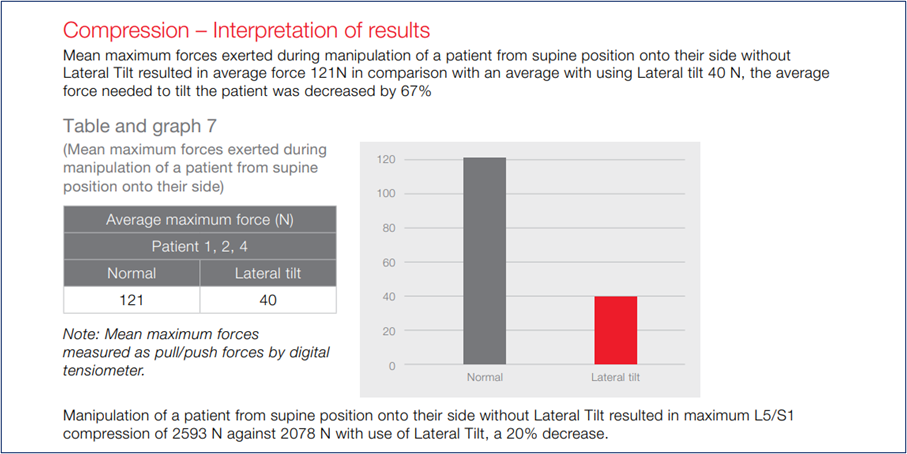
Fig 2. Extract from MCX Report Lateral Tilt – Effect of Lateral Tilt on Patients Turning
From this information, LINET was able to determine and report a 67% decrease in force needed to turn patients from a supine position onto their side.
For the full interpretation on results, please see MCX Report Lateral tilt - Effect of lateral tilt on patients turning (2019)
Microclimate Management - Linet
Topic: Microclimate Management
Q: What is the name of the technology that reduces the risk of moisture associated skin damage and comes as standard on the Virtuoso dynamic mattress range?
A: Microclimate Management

In the context of pressure ulcers, microclimate usually refers to skin temperature and moisture conditions at the skin-support surface interface. Virtuoso helps maintain the natural thermoregulation by the air circulation. It helps manage humidity of a patient’s skin in order to help prevent or assist in the treatment of tissue damage related to moisture on the skin, in accordance with NICE Clinical Guidance.
For further information please contact: Jennifer Sherman, Senior Clinician, LINET UK
07825 383177
Topic: Physiological effects of Automated Lateral Tilt
Q: "What are the physiological effects of Automated Lateral Tilt on patients with severe ARDS or severe Covid19?"
A: See the video here: Our Expert Says
For further information please contact: Jennifer Sherman, Senior Clinician, LINET UK
07825 383177




